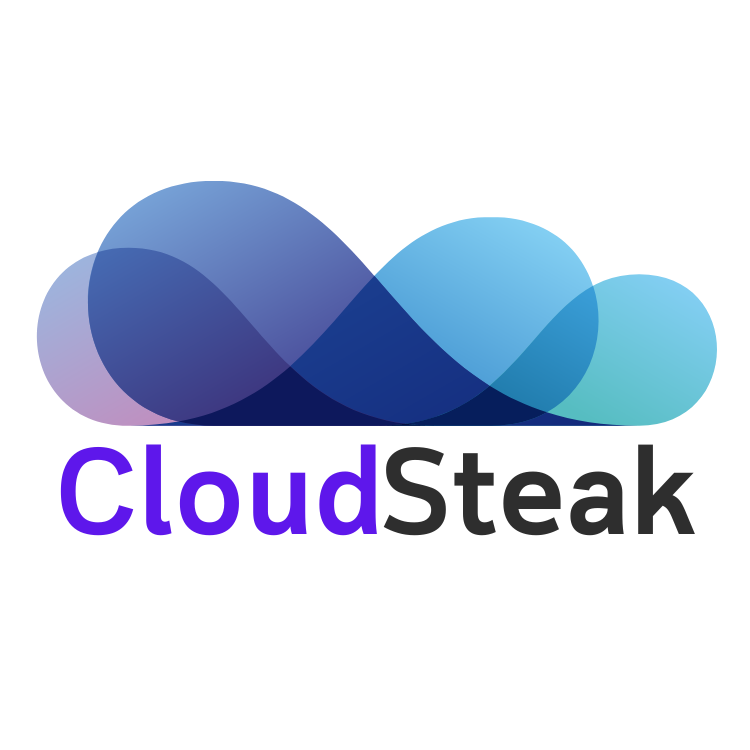Welcome to above the clouds

Azure – General availability: 6 new Locales added to Speech service to support speech transcription
Speech service has added Speech to Text support for 6 new languages and locales. Read More for the details.

AWS – Easily install and manage Amazon EFS utilities on your instances with Quick Setup
Today, AWS Systems Manager Quick Setup announces support for Amazon Elastic File System (Amazon EFS), enabling you to set up Amazon EFS client (amazon-efs-utils) across all the Amazon EC2 instances in your organization with a few clicks. In addition to installing and configuring the Amazon EFS client, Quick Setup also supports periodically updating the client […]

GCP – NCR and Google Cloud are helping grocers rapidly reinvent the retail experience
In recent years, the grocery industry has had to shift to facilitate a wider variety of checkout journeys for customers. This has meant ensuring a richer transaction mix, including mobile shopping, online shopping, in-store checkout, cashierless checkout or any combination thereof like buy online, pickup in store (BOPIS). What’s more, in the past year and […]

GCP – Multi-Project Cloud Monitoring made easier
Customers need scale and flexibility from their cloud and this extends into supporting services such as monitoring and logging. Google Cloud’s Monitoring and Logging observability services are built on the same platforms used by all of Google that handle over 16 million metrics queries per second, 2.5 exabytes of logs per month, and over 14 […]

GCP – Chrome Insider: Extension Management options through Group Policy
Many enterprises are looking to better manage extensions on their corporate devices. Extensions themselves are a great tool for productivity and customization of Chrome. However, some extensions can have the potential for far reaching rights to sites your users visit and devices they browse from, giving IT the desire to closely manage which extensions are […]

GCP – New This Month: From leadership in real-time streaming to intelligent data fabric and analytics exchanges
May was a very busy month for data analytics product innovation. If you didn’t have the chance to attend our inaugural Data Cloud Summit, video replays of all our sessions are now available so feel free to watch them at your own pace. In this blog, I’d like to share some background behind the innovations […]

GCP – New research reveals what’s needed for AI acceleration in manufacturing
While the promise of artificial intelligence transforming the manufacturing industry is not new, long-ongoing experimentation hasn’t yet led to widespread business benefits. Manufacturers remain in “pilot purgatory,” as Gartner reports that only 21% of companies in the industry have active AI initiatives in production. However, new research from Google Cloud reveals that the COVID-19 pandemic […]

GCP – Hola, South America! Announcing the Firmina subsea cable
Today, we’re announcing Firmina, an open subsea cable being built by Google that will run from the East Coast of the United States to Las Toninas, Argentina, with additional landings in Praia Grande, Brazil, and Punta del Este, Uruguay. Firmina will be the longest cable in the world capable of running entirely from a single […]

GCP – Supporting business transformation for German retailers with SAP on Google Cloud
The retail industry is rapidly evolving, with customers demanding exceptional digital experiences, and retailers adjusting their businesses to be more efficient. With many retailers relying on SAP for critical business functions like digital transactions, finance, supply chains and more, this shift has led them to look for ways to modernize these systems, deliver them on […]

AWS – AWS Systems Manager is now FedRAMP-High Compliant
AWS Systems Manager is now compliant with the Federal Risk and Authorization Management Program (FedRAMP) High baseline. With FedRAMP-High compliance, you can use AWS Systems Manager to gain operational insights and safely take actions on your workloads in the AWS GovCloud (US) Region’s authorization boundary. Read More for the details.
